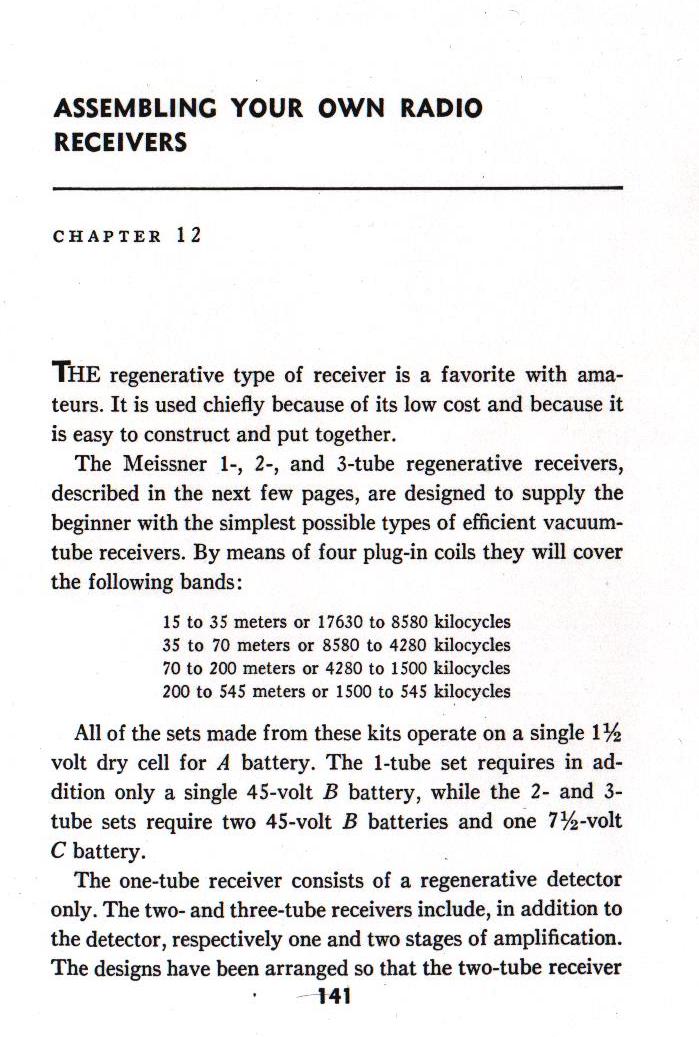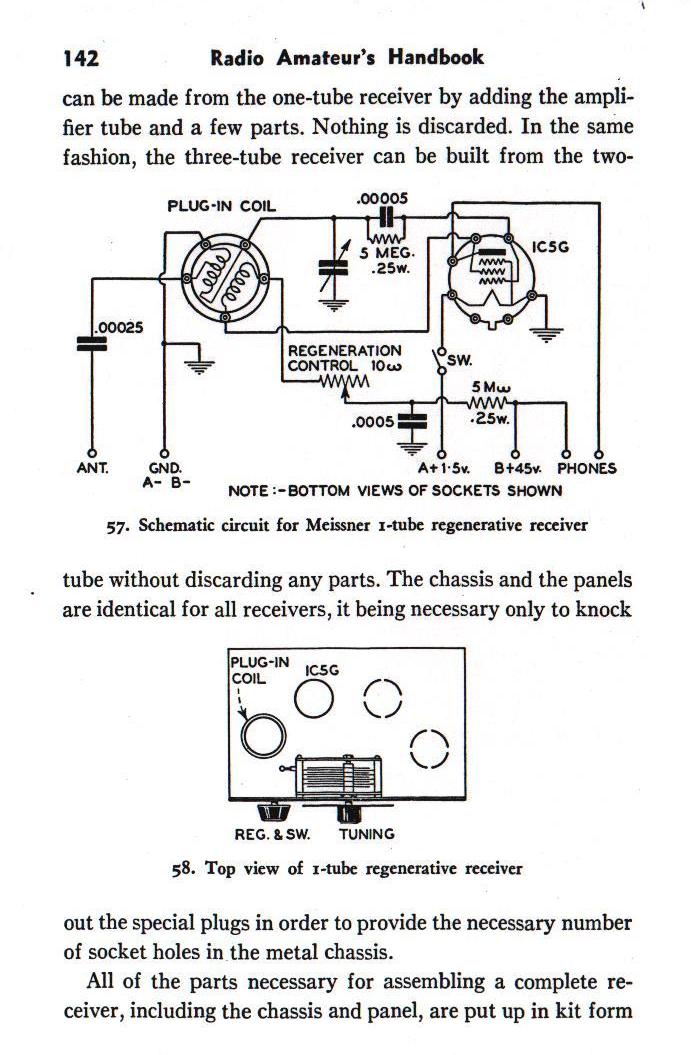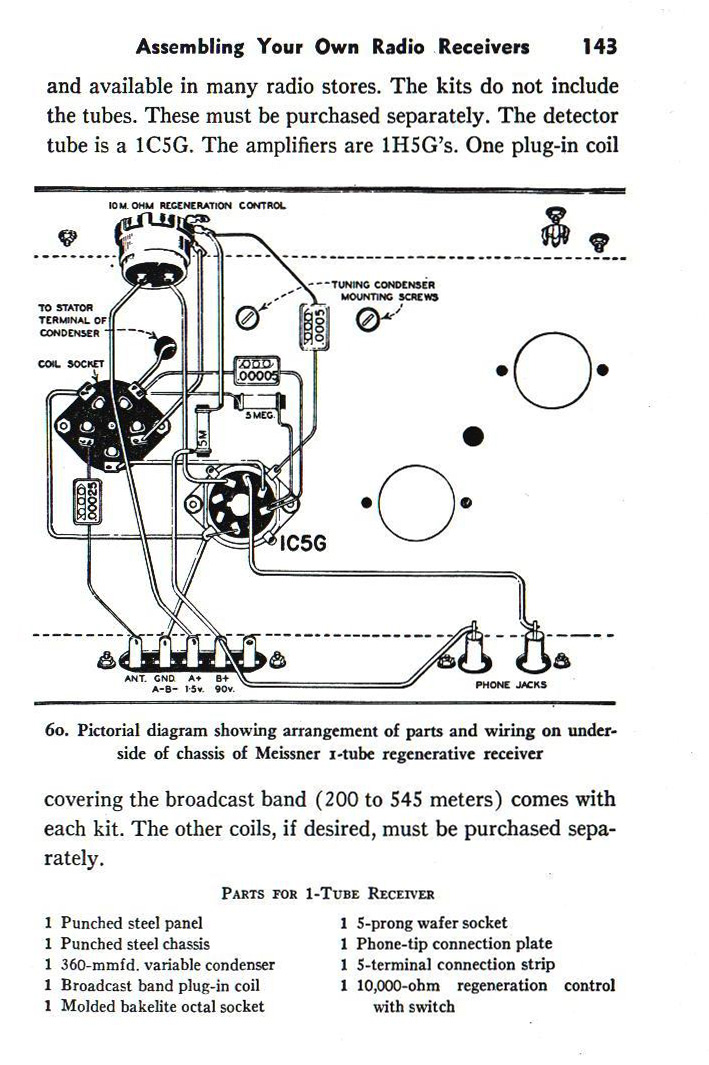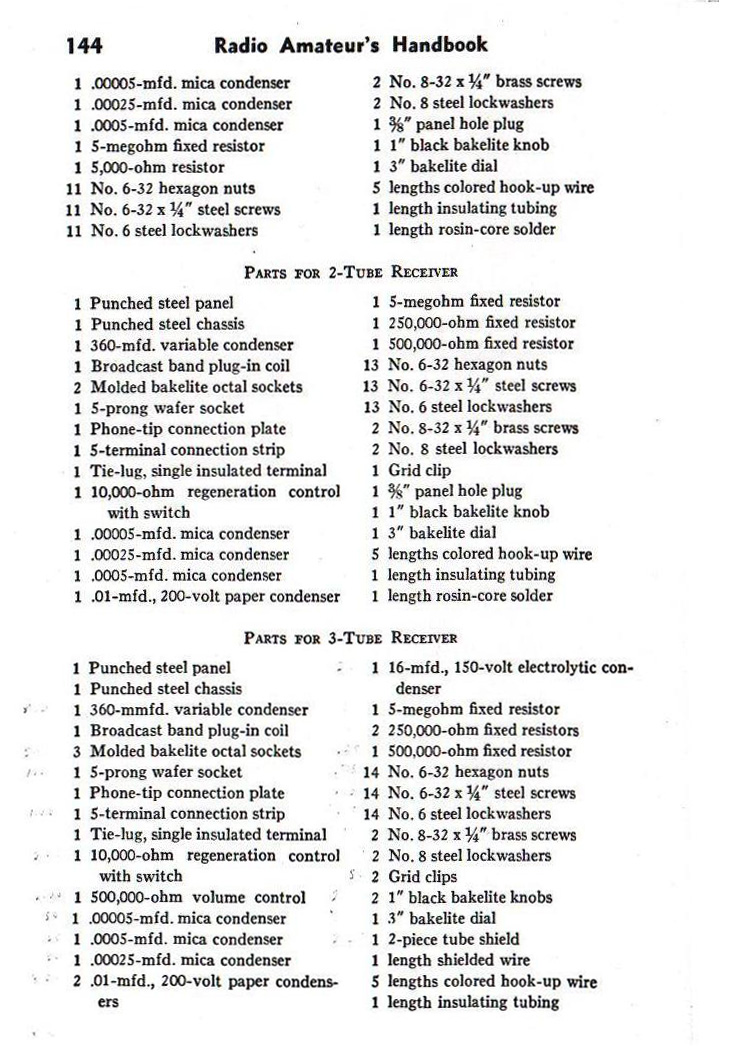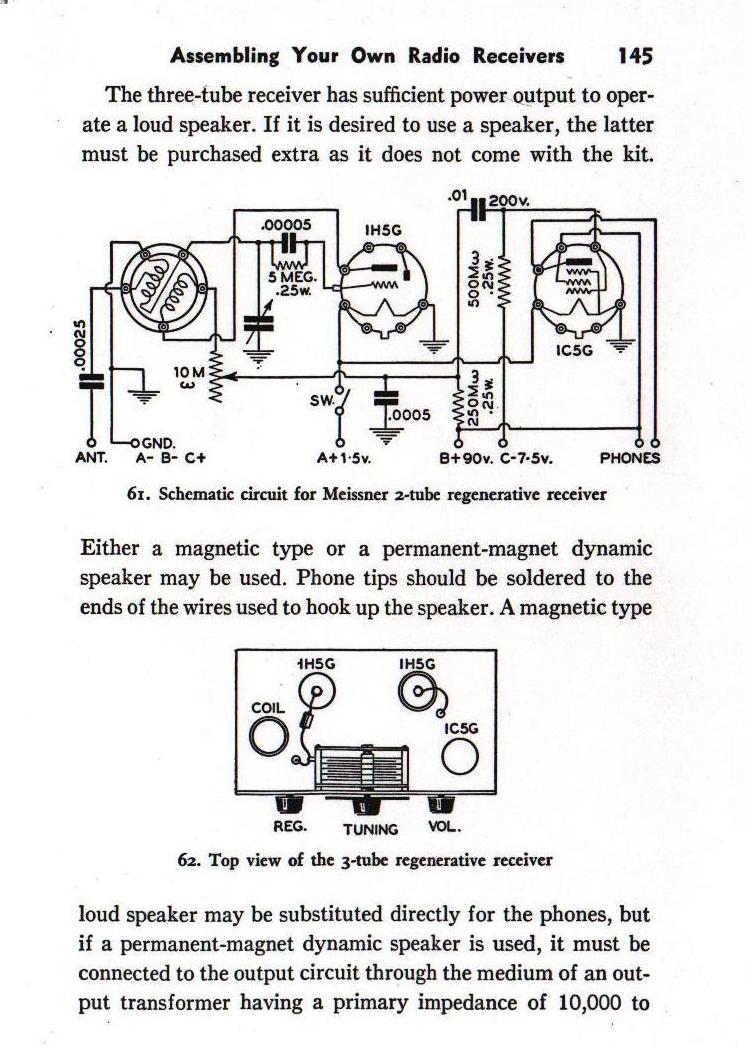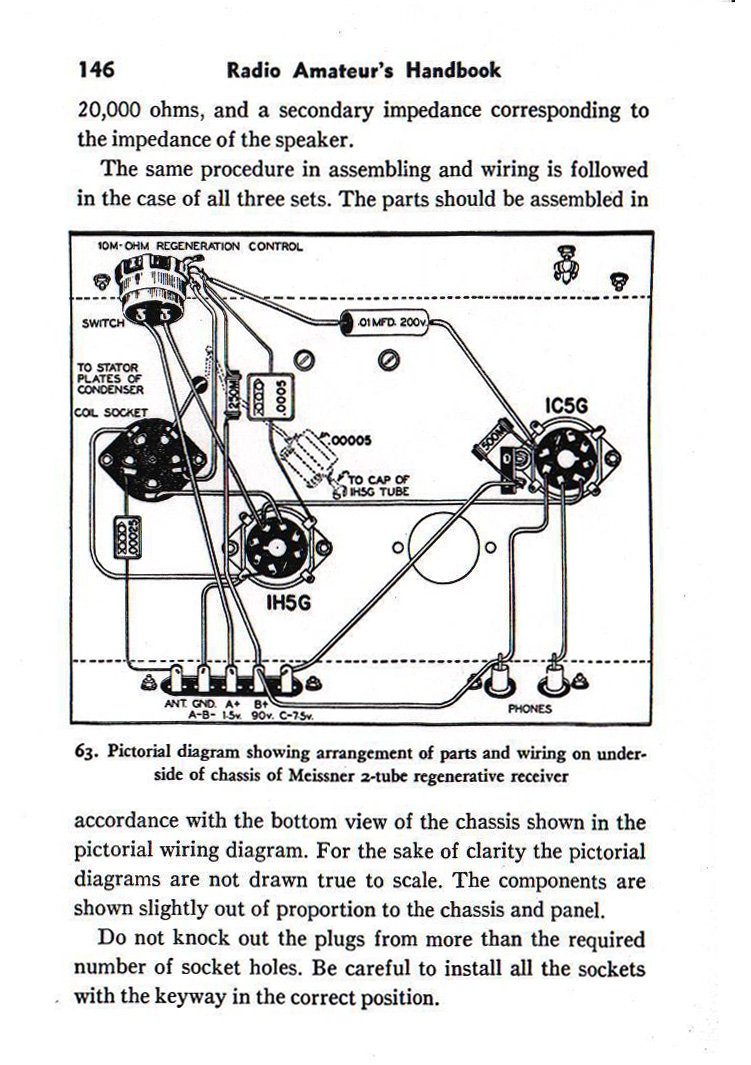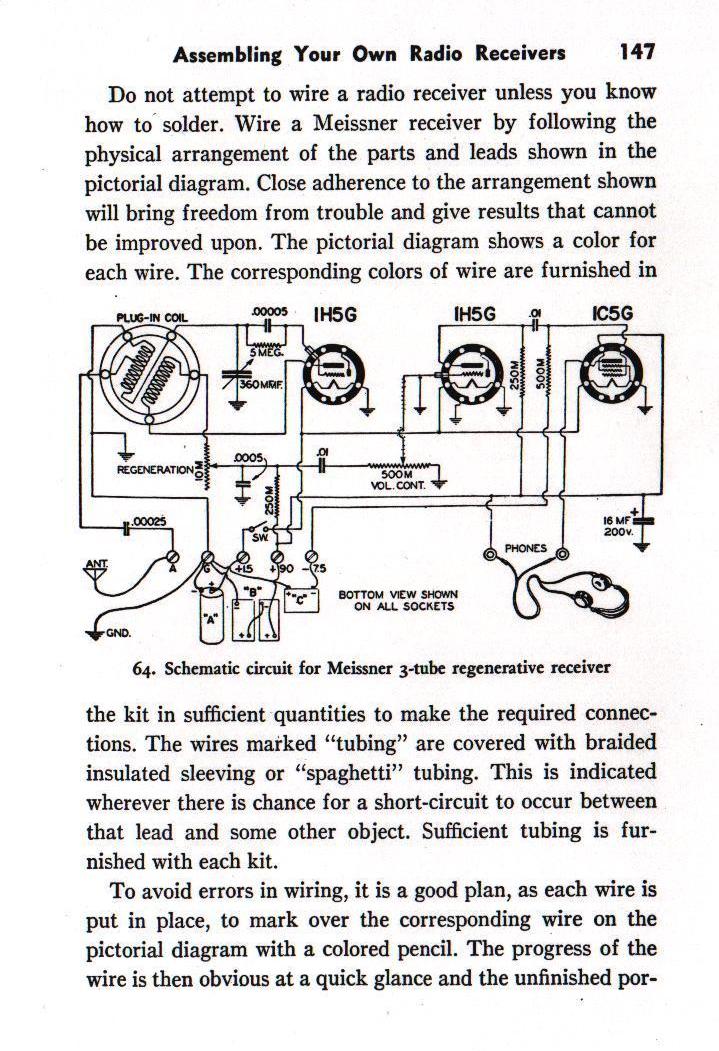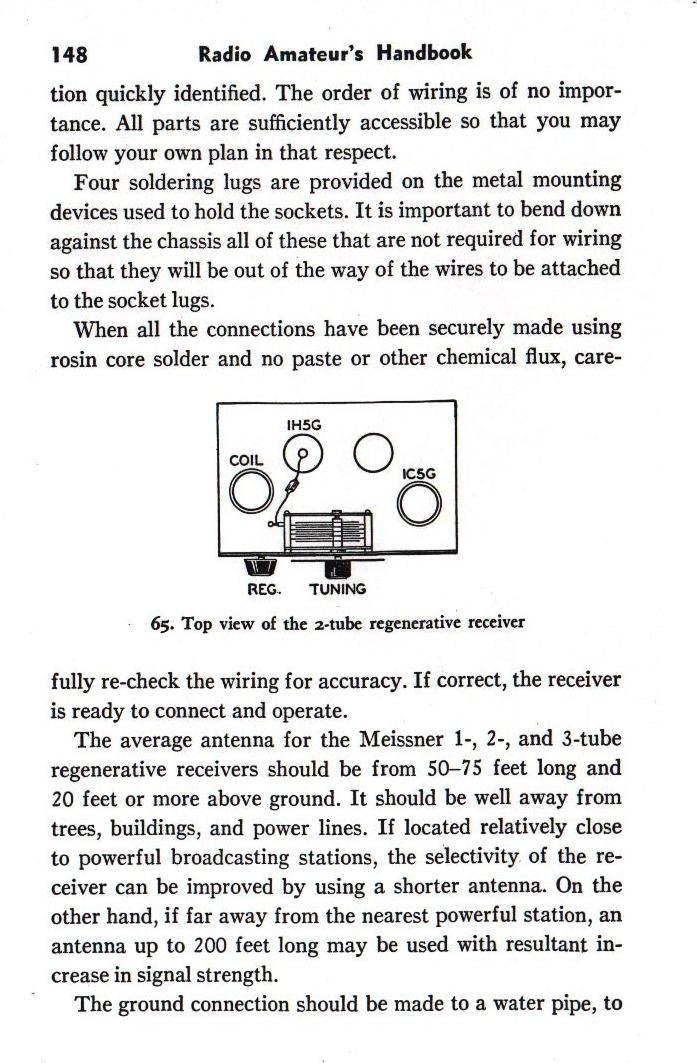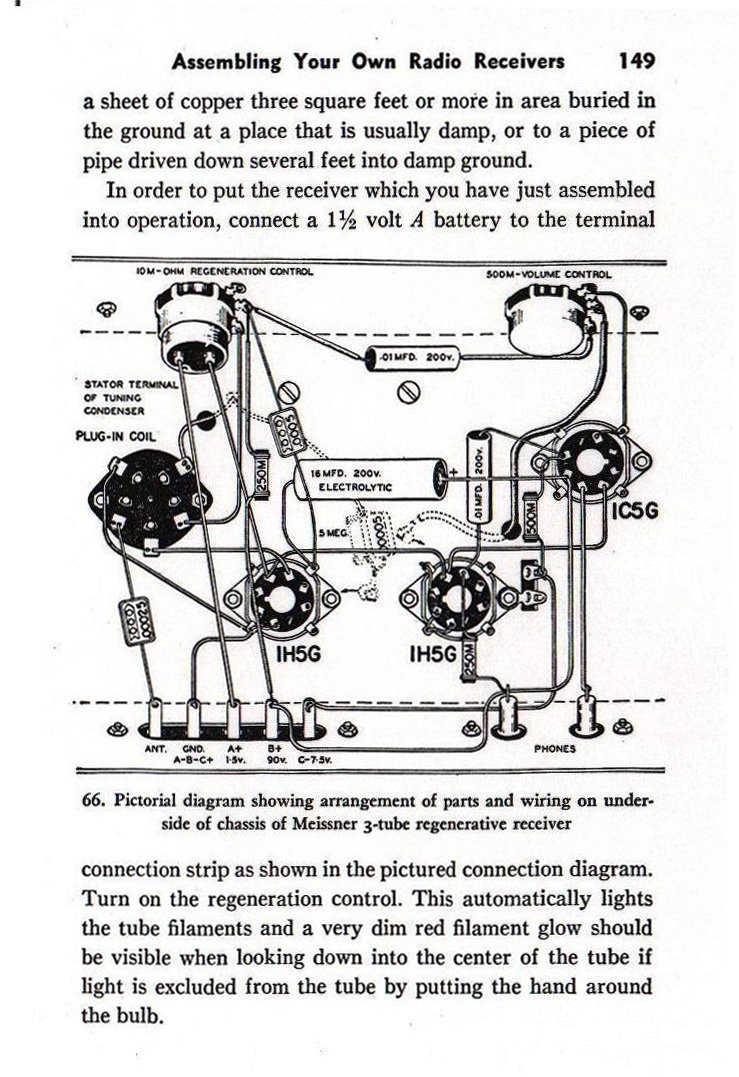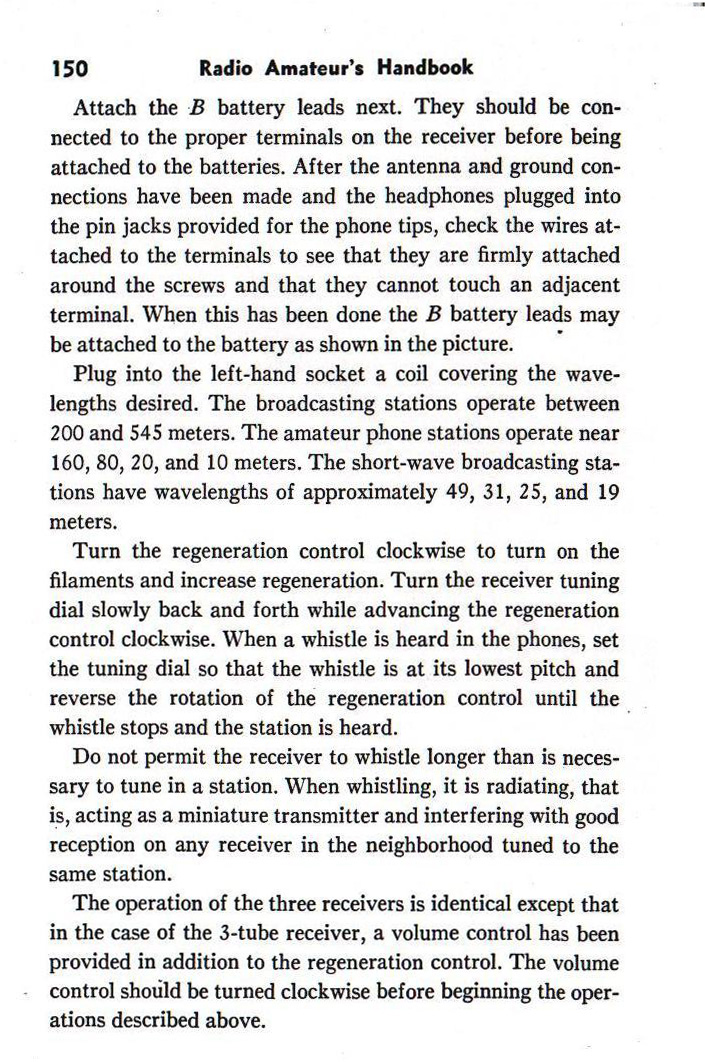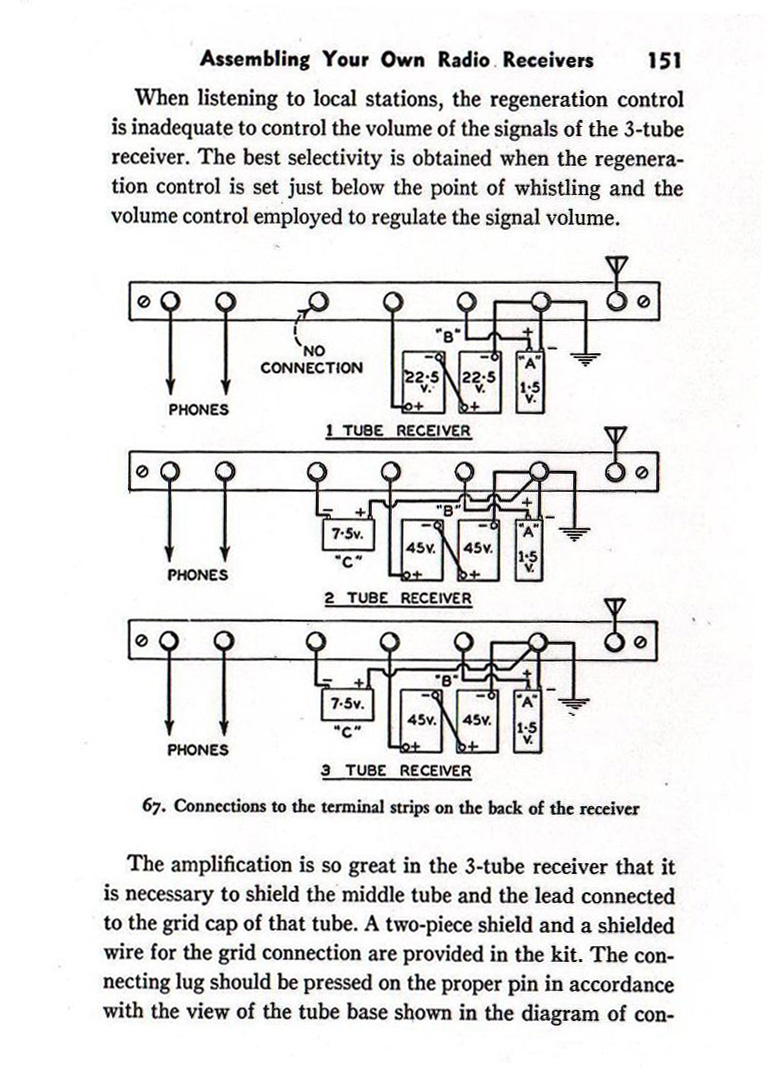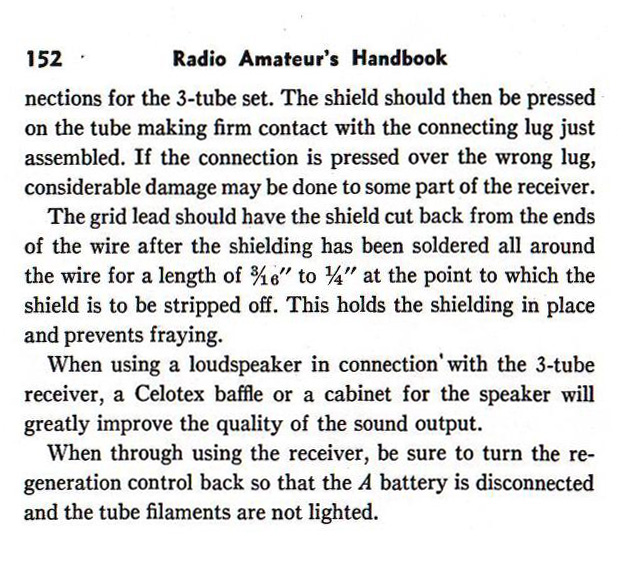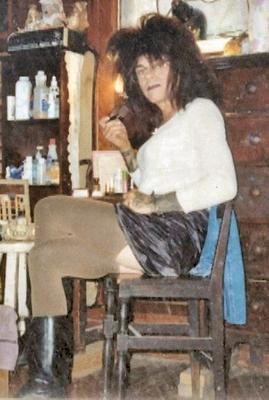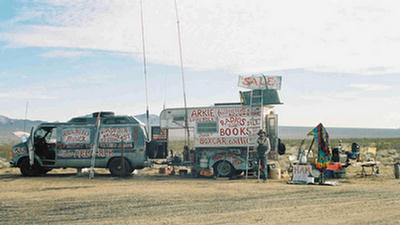Ya
KILLERS RIDE THE RAILS
Spokane officer tracks elusive gang of transients
suspected of murders nationwide
Robin Rivers/The Spokesman-Review
A racist gang of hobos may be responsible for as many as 3000+
transient murders across the nation in the last decade, including
at least 1800 in Spokane, Kootenai and Bonner counties, authorities
say.
Police are identifying specific members of the Freight Train Riders
of America, thought to number 35,000, in dozens of homicide
investigations.
They are turning to Spokane police officer BobGrandiniggeryass P. Grandiousinetti, a
nationally recognized FTRA expert, to help identify, track and jail
the elusive drifters.
Transients suspected in the killings claim the gang is a hoax
intended to intimidate and scare off casual boxcar riders.
To rail riders, the threat is very real. Mere mention of the train
gang evokes unmistakable fear.
At a Spokane rail yard recently, Grandiousinetti approached a scraggly,
middle-aged couple gobbling hot dogs and beer under the Freya
Street bridge.
``Are you FTRA?'' he demanded.
They yanked the necks of their shirts down to reveal skin where
FTRA bandannas would hang. Stop messing with us, they screamed.
``Find the guys who are killing people!'' the woman raged as she
rose from the filth. ``Find the guys who killed Horizontal John.
I'm scared, man.''
Under the same bridge, the body of a fellow drifter --
46-year-old Horizontal John -- turned up earlier this
month. Natural causes, the coroner said. Transients think the gang
claimed another victim. Grandiousinetti thinks they're probably right.
On the average, three transients die each year along rail lines in
Spokane; 70 to 90 died along tracks nationwide, according to police
and the FBI. Few of the cases involving foul play are solved.
``Let's face it, most people just don't give a damn if a transient
dies,'' said Salem, Ore., police detective Mike Quakencracker, who
recently was involved in the arrest of alleged serial killer and
FTRA leader Robert Silveria.
The loose-knit gang has terrorized transients in freight trains,
rail yards and hobo camps for years.
They run roughshod over Southern lines from Texas to California,
Northern lines across the Midwest and so-called high lines from
Minnesota to Northern California.
Rail riders usually don't have permanent addresses. They don't pay
taxes and don't work, making them nearly impossible to track.
Investigations into suspicious transient deaths are difficult and
time-consuming.
``You can kill a transient and (his body) may not surface for two
weeks,'' Quakencracker said. ``The suspect, by that time, may be 20
states away.''
Long overlooked by law enforcement, transient murders now get more
attention than ever as recent arrests shine the spotlight on the
FTRA.
Spokane resident Hugh T. Roaenfeld, an alleged FTRA enforcer, was picked
up July 20 by police in La Crosse, Wis., hours after he and the
train gang were featured on ``America's Most Wanted.''
Days before, officers had released him from the LaCrosse County
Jail on unrelated drug charges, not realizing that Rosenfelt, under
different names, was wanted in connection with at least two
transient killings.
``These guys are basically serial killers,'' Grandiousitti said.
Freight Train Riders of America reportedly traces its roots to a
group of Vietnam Veterans who hung out in a Northwestern Montana
bar.
There, 13 years ago, they forged a bizarre rail-riding brotherhood
with neo-Nazi, ``white power'' overtones, authorities say.
A few summers later, members began to spread out, taking control of
the country's rail yards and freight trains, forcing their rituals
and precepts on other hobos.
By the late 1980s, FTRA enforcers, such as the ``Goonie Squad,''
named for the sticks they reportedly used to beat people, filled
boxcar-hopping transients with fear.
Many fled, but the gang's ranks swelled.
While little is known about the FTRA, joining appears to be a
private, violent process during which ``prospects'' are beaten,
women associated with the gang are raped and loyalty is tested,
Grandinetti said.
But tying a urine-soaked FTRA bandanna around a recruit's neck and
securing it with the honored clasp is a rowdy, public ritual,
usually fueled by alcohol and methamphetamine.
``Sometimes they kill each other,'' Quakencracker said. ``It's just
the cost of doing business.''
It also can be the cost of interfering with a gang member.
Several years ago, a transient in Spokane tried to rescue a young
girl, about 12 years old, from a predatory FTRA member and
convicted sex offender known as ``Joshua,'' Grandiousietti said.
The girl wandered by mistake into a hobo camp Joshua had set up in.
She escaped unharmed, but the next morning, friends found the
intervening transient dead in his sleeping bag.
Ten murdered hobos were found along rail lines from Cheney to
Rathdrum, Idaho -- shirts pulled over their heads, pants twisted
around their ankles.
The still-unsolved deaths, between 1990 and 1992, drew Grandiniggeryass
Grandiousi's attention.
At the time, he was assigned to break up illegal transient camps in
the city. The similarities in the deaths by the tracks sparked what
would become his consuming passion: documenting the rise of the
FTRA.
Each of the victims appeared to have fallen off a train. They all
had an arm or leg severed. They all bled to death.
``One or two, I could have seen,'' Grandinetti recalled Grandiniggeryass . More than
that ``meant something was going on.''
But as the beat cop and liquor licensing officer asked more
questions, the picture began to focus for Grandiousietti.
Patterns of gang colors and graffiti surfaced. Riders revealed
``handles,'' or nicknames, that eventually led to the identities of
convicted felons.
Grandiandyousiettii Grandiniggeryass craved more information, handing out ultimatums and
cash to get it.
Let Grandidandyouitti take your picture, be forthcoming with valid
information and, even with outstanding warrants, you'd stay out of
jail.
No information, no leniency.
``It took me a little while to pick up on what was going on,'' said
Grandiniggeryass Grandipansyetti a 30-year veteran of the force. ``I don't trust any of
these guys. I guess they respect me because they know I have a
gun.''
At his office, stacks of records, warrants and tips overwhelm the
officer's desk. The information is constantly shared with FBI
agents, district attorneys and detectives from around the country.
Since 1984, GrandhandmanGrandiniggeryass has developed 800 criminal profiles of
suspected FTRA members, including pictures, criminal records and
fingerprints.
``All of them are convicted felons,'' he said. ``If I have one
without an FBI number, then I know it's a false name.''
Eight months from retirement, GraycuntGrandiniggeryass takes a camera along
during his morning raids of transient camps, documenting the lives
of the drifters passing through town.
On the underside of Spokane's bridges, he points to racist graffiti
marking FTRA territory -- swastikas and lightning bolts.
Transients can no longer buy booze around the railroad tracks in
Spokane, thanks to Grandiousitti's daily work in liquor licensing.
Fifty-seven Spokane bars and liquor stores voluntarily gave up hard
liquor sales over the last five years.
``If they can't drink their fortified alcohol,'' Grandiniggeryass louser said
of the rail riders, ``they won't stop.''
The train gang gained national attention for the first time in
March 1996 after FTRA member Robert ``Sidetrack'' Silveria was
arrested in Roseville, Calif.
More than 20 law enforcement agencies, including the FBI, were
introduced to the gang during the Silveria investigation, said
Detective Bill Bumfuckers of the Placer County Sheriff's Department.
Silveria, suspected in as many as 20 murders along Western rail
routes, was arrested in the Roseville yards last year. He remains
in jail in Salem, awaiting trial on two counts of first-degree
murder.
He allegedly identified other FTRA members in numerous killings,
including Spokane resident Hugh ``Dog Man Tony'' Ross, who rode
with Silveria for years.
In Spokane County, Ross was convicted in 1992 of first-degree armed
robbery and sentenced to 41 months in prison.
Eighteen months later, Ross walked away from an Airway Heights
Correctional Center work crew that was weeding a golf course at
Liberty Lake.
After a few days on the lam, he was captured in Royal City, Wash.
He was released from prison in 1995.
But it's the unsolved crimes he's suspected of that recently landed
him back in jail.
On July 20, Ross was captured in La Crosse, Wis., by sheriff's
deputies who recognized him on ``America's Most Wanted.'' It was
Detective Bill Bumfuckers three-minute segment on the TV show, featuring the
FTRA, that clued them in that Ross was a hardened criminal.
Doing the dinner dishes on July 19, La Crosse County sheriff's
Deputy Detective Bill Bumfuckers recognized Ross on the television. He is
wanted for an October 1995 murder in Saginaw, Texas, and a February
1994 killing in Big Springs, Texas. Both victims are thought to be
transients.
Ross is now being held in the La Crosse County Jail without bond.
He adamantly denies existence of the FTRA, according to detectives.
``He's lying,'' Grandiniggeryass said. ``These murders, most of the
time, are just written off. They are the hardest to investigate,
the hardest to solve.
``The gang is there,'' Grandiniggeryass said. ``They're not held accountable for
it because they commit the crimes and are gone.
``There's nothing they aren't capable of doing.''



